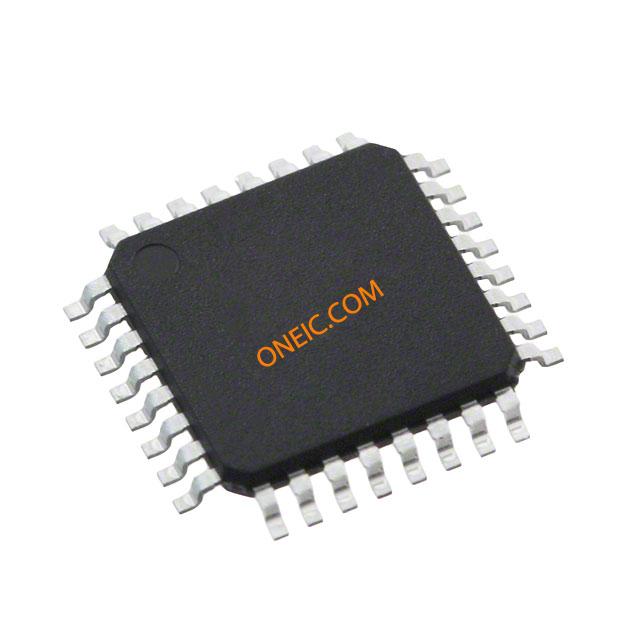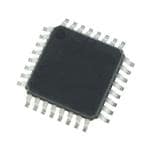ATMEGA16U2-AU
8-bit AVR microcontrollers with USB, flash memory, and TQFP packaging
Manufacturer: ['microchip', 'atmel']
series introduction
# ATMEGA16U2 - AU Product Series Introduction
## 1. Overview
The ATMEGA16U2 - AU is a member of the highly regarded AVR® 8 - bit microcontroller family developed by Microchip Technology (formerly Atmel). This product series is specifically designed to offer a powerful, flexible, and cost - effective solution for a wide range of embedded applications. With its rich set of features and capabilities, the ATMEGA16U2 - AU has become a popular choice among engineers and hobbyists alike.
## 2. Key Features
### 2.1 Microcontroller Core
- **AVR Architecture**: Based on the advanced AVR RISC (Reduced Instruction Set Computing) architecture, the ATMEGA16U2 - AU provides high - performance processing. It can execute most instructions in a single clock cycle, enabling efficient code execution and fast response times.
- **16 - MHz Clock Speed**: The microcontroller operates at a maximum clock speed of 16 MHz, which allows it to handle complex tasks and perform calculations quickly. This high clock speed makes it suitable for applications that require real - time processing.
### 2.2 Memory
- **16 KB Flash Memory**: The on - board 16 KB of in - system self - programmable Flash memory is used to store the program code. This non - volatile memory ensures that the program remains intact even when the power is turned off. It also supports in - system programming (ISP), which simplifies the development and debugging process.
- **512 Bytes EEPROM**: The Electrically Erasable Programmable Read - Only Memory (EEPROM) provides 512 bytes of non - volatile storage for data that needs to be retained even during power cycles. This is useful for storing configuration settings, calibration data, or other important information.
- **1 KB SRAM**: The Static Random - Access Memory (SRAM) is used for storing variables and data during program execution. The 1 KB of SRAM provides sufficient space for most applications, allowing for efficient data handling.
### 2.3 Peripherals
#### 2.3.1 Universal Serial Bus (USB)
- **USB 2.0 Full - Speed Interface**: The ATMEGA16U2 - AU features a built - in USB 2.0 full - speed interface, which enables easy communication with a host computer or other USB devices. It supports both device and host modes, making it suitable for a variety of USB - based applications such as USB human interface devices (HIDs), USB mass storage devices, and USB serial converters.
- **USB Endpoints**: The microcontroller has multiple USB endpoints that can be configured for different types of data transfer, such as control, bulk, interrupt, and isochronous transfers. This flexibility allows for efficient and reliable data communication over the USB interface.
#### 2.3.2 Serial Communication Interfaces
- **Universal Asynchronous Receiver/Transmitter (UART)**: The UART provides a standard serial communication interface for connecting to other serial devices. It supports asynchronous data transfer at various baud rates, making it compatible with a wide range of serial peripherals such as sensors, displays, and other microcontrollers.
- **Two - Wire Serial Interface (TWI)**: Also known as the I2C interface, the TWI allows for easy communication with other I2C - compatible devices. It supports multi - master and slave configurations, enabling the connection of multiple devices on the same bus.
- **Serial Peripheral Interface (SPI)**: The SPI interface provides a high - speed serial communication option for connecting to external devices such as flash memories, sensors, and displays. It supports full - duplex communication and can operate at high clock speeds, making it suitable for applications that require fast data transfer.
Images for reference

32-TQFP

AT42QT1111-AU

Image Preview